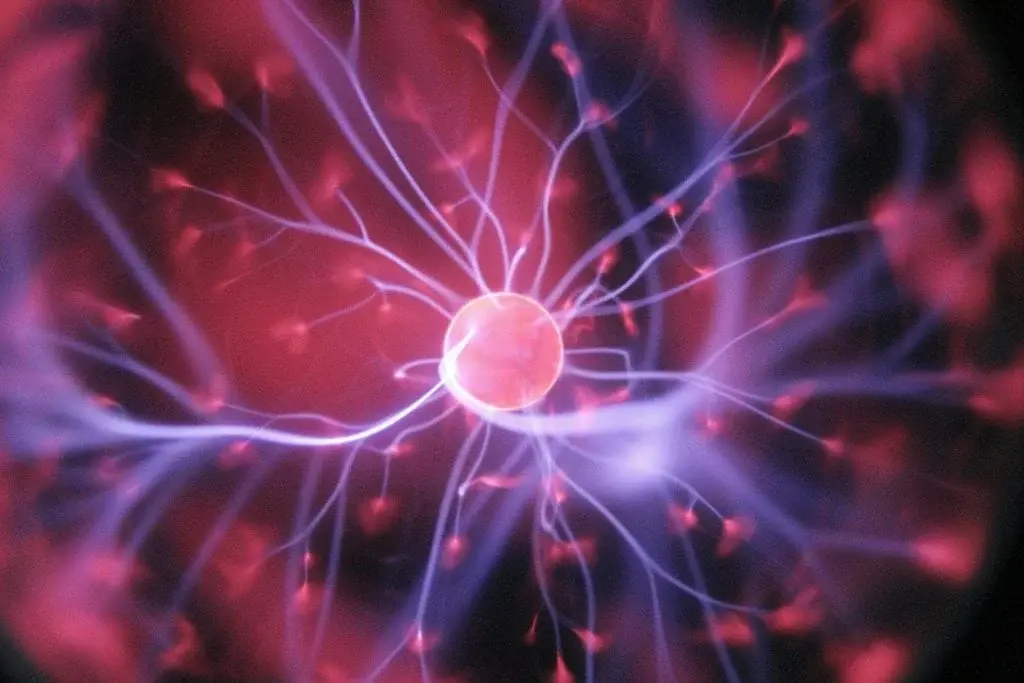Scientists at Tsinghua University in China have reached a significant milestone in artificial skin technology by developing the world’s first “electronic skin” with a bionic three-dimensional structure. This breakthrough seeks to replicate the extraordinary ability of human skin to sense touch.
Mimicking the Spatial Distribution of Mechanoreceptors
Human skin contains a complex network of specialized cells known as mechanoreceptors, which are arranged in three dimensions. These cells enable us to differentiate between various sensations such as pressure, friction, and strain with high accuracy. Existing electronic skin technologies have not been able to replicate this intricate and simultaneous perception at a physical level.
Inspired by the natural design, Professor Zhang Yihui’s research team at Tsinghua University has created a new electronic skin model featuring a three-dimensional structure. This design emulates the spatial distribution of mechanoreceptors like Merkel cells and Ruffini corpuscles found in human skin. Consequently, the device can independently measure pressure, friction, and strain, representing a significant advancement in artificial touch technology.
Three Distinct Layers
This innovative electronic skin is carefully designed with three distinct layers that mirror the structure of human skin:
- Epidermis: The outermost layer, similar to the surface texture of human skin.
- Dermis: The middle layer, housing most sensors and circuits. It features a unique eight-arm cage structure that holds the force-sensing unit. This highly sensitive unit, positioned near the surface, effectively detects external forces.
- Subcutaneous Tissue: The bottom layer, mimicking the texture of the underlying tissue in human skin.
By integrating this three-dimensional electronic skin with advanced deep machine learning algorithms, the research team has accomplished something extraordinary. Their creation can not only sense touch but also analyze an object’s modulus (stiffness) and local principal curvature (shape) through simple contact.
Potential Applications
The groundbreaking research, titled “A Three-Dimensionally Architected Electronic Skin Mimicking Human Mechanosensation,” was published in the prestigious scientific journal Science on May 30, 2024. This development holds tremendous potential for a variety of applications, such as prosthetics that provide a more natural sense of touch for amputees and robots with improved tactile abilities.


Leave a Reply